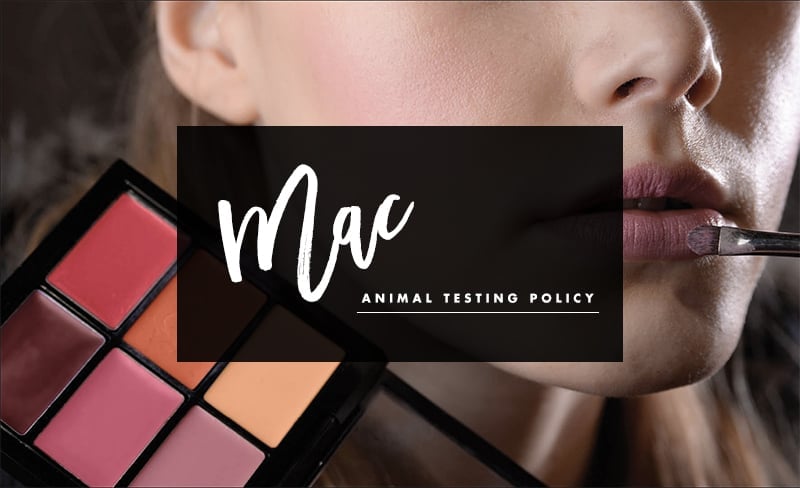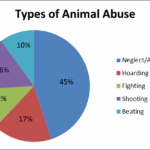In the realm of cosmetics and beauty, animal testing remains a contentious issue that incites passionate debate among consumers, activists, and corporations. MAC Cosmetics, a widely recognized brand known for its vibrant colors and professional-grade products, has faced scrutiny regarding its stance on animal testing. In a 2016 policy review, various organizations examined MAC’s practices to determine whether the company supports animal cruelty. This review not only reflects MAC’s operational ethos but also serves as a lens through which to examine broader industry trends.
MAC Cosmetics is a subsidiary of Estée Lauder Companies, an entity that has historically attracted attention concerning its animal testing policies. To comprehend MAC’s position in the animal welfare discourse, one must delve into the intricate policies established by the cosmetics giant. The 2016 policy review highlights a pivotal shift in the narrative surrounding MAC’s commitment to animal welfare.
At the heart of MAC’s 2016 policy is the affirmation of its dedication to being cruelty-free. The term ‘cruelty-free’ designates products that have not been tested on animals. However, the interpretation of this term can vary widely across the cosmetics industry. While MAC asserts its commitment to ethical practices, the complexities of global markets and differing regulatory environments complicate this assertion. Notably, certain regions, such as China, require animal testing for cosmetics sold within their borders, eliciting questions about what it truly means to be cruelty-free.
Consumer sentiments are increasingly in favor of ethical consumption, as evidenced by the growing demand for transparency in how products are made and tested. Modern consumers are becoming increasingly aware of the inhumane treatment animals can face in research laboratories. Hence, when evaluating MAC’s credibility, one must consider the underlying implications of their claims, particularly in light of the challenges associated with international sales.
In 2016, MAC publicly stated that it does not conduct animal testing on its products and does not delegate this responsibility to other parties. This statement is crucial; it delineates the company’s policy from competitors that may still engage in animal testing under specific circumstances. Yet, the ambiguity surrounding its compliance with regulations in countries requiring such tests casts a long shadow over its cruelty-free claims.
The ethical implications are fortified by the potent emotional reactions that animal testing elicits in many consumers. The mere thought of animals suffering for the sake of vanity creates an intrinsic tension within the consumer’s psyche. This emotional turmoil is likely a driving force behind the increasing demand for products that carry the cruelty-free label. MAC, positioned as a mainstream cosmetic brand, finds itself at a crossroads, catering to an audience that is becoming more sophisticated in its understanding of animal welfare.
Furthermore, according to various animal rights activists, the narratives surrounding animal experimentation often involve ethical quandaries beyond mere product testing. It begs the question: can a company truly be considered cruelty-free if its operations indirectly perpetuate the cycle of animal suffering in the name of consumerism? As awareness grows, so too does the expectation for brands like MAC to re-evaluate their policies in the face of evolving ethical standards.
The brand’s marketing strategies also come into play. MAC’s image as a trailblazer in the beauty industry is paradoxically juxtaposed against its ties to a traditional corporation like Estée Lauder, which has a complicated past with animal testing. The dichotomy presents a challenge for MAC in aligning its public persona with the cruelty-free ethos it seeks to project. The skepticism from consumers who are more knowledgeable about these issues creates a complex landscape for MAC to navigate.
Ultimately, while MAC’s 2016 policy indicates a commitment to avoiding animal testing, the landscape remains fraught with nuances that challenge the validity of such claims. Consumers are called to scrutinize not just the policies of MAC but also the implications of their purchases within the larger context of animal welfare. As MAC strives to maintain its reputation, it must also engage more profoundly with the ethical ramifications of its practices, reinforcing a commitment to transparency and accountability in all aspects of its business operations.
In conclusion, the question of whether MAC supports animal cruelty is not merely a yes or no inquiry; instead, it demands a profound exploration of corporate ethics amidst shifting consumer expectations. The 2016 policy offered a glimmer of hope for advocates of animal rights, yet it simultaneously exposed the myriad complications facing a global brand that aspires to uphold ethical principles. As the dialogue surrounding animal testing continues to evolve, MAC and similar brands will be under increasing pressure to align their practices with the growing ethos of compassion and responsibility. The future of the cosmetics industry will undoubtedly hinge upon a commitment to ethical practices that do not exploit animals, thereby fostering a culture of true cruelty-free product development.




